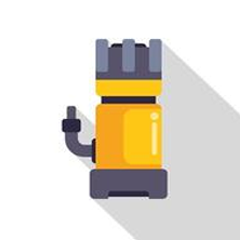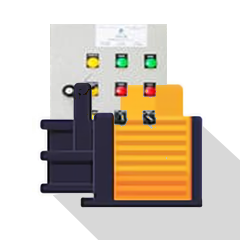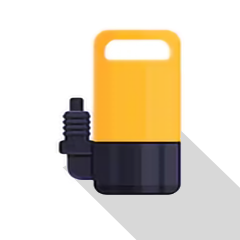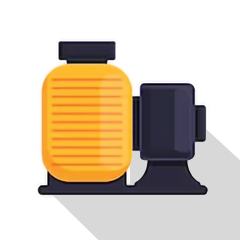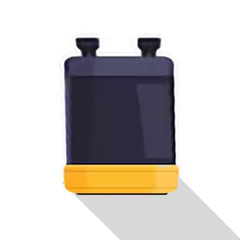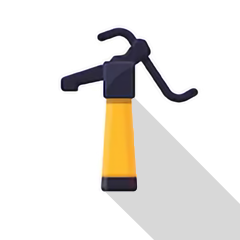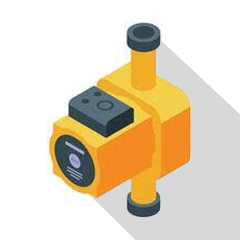Why Pressure Tanks Matter
Pressure tanks store a cushion of air to absorb pressure fluctuations, reduce pump cycling, and maintain stable output. Proper sizing and installation are critical for system efficiency.
Types of Pressure Tanks
- Hydropneumatic Tanks: Bladder or diaphragm tanks for potable water systems.
- Expansion Tanks: For closed-loop heating systems to absorb thermal expansion.
- Pulsation Dampeners: To smooth pulsations in high-flow applications.
Pre-Installation Planning
- System analysis to determine optimum tank volume and pressure settings.
- Verification of pump capacity and electrical supply.
- Site preparation including mounting location and piping layout.
Installation Procedure
- Mount tank securely to foundation or support stand.
- Connect inlet and outlet piping with isolation valves and pressure gauges.
- Adjust pre-charge pressure with air compressor to match system cut-in pressure.
- Integrate with control panel and set up pressure switches or transducers.
- Commissioning: test for leaks, monitor pressure cycles, and optimize settings.
Maintenance & Support
Our AMC plans include annual inspections, air charge checks, diaphragm/bladder replacement, and performance testing to ensure your pressure tank operates flawlessly.
Case Study
Installed a 200-liter hydropneumatic tank in a commercial building, reducing pump cycling by 50% and ensuring uninterrupted water supply to 50 apartments.
Frequently Asked Questions
- How often should I check tank pressure?
- We recommend quarterly inspections and air charge checks every 6 months.
- Can I install on my own?
- Professional installation ensures correct sizing and compliance with safety standards.


